Introduction
While hydraulic hand dynamometers have existed for quite some time, digital hand dynamometers are relatively new to the marketplace. When looking for a dynamometer to buy, many people may ask, “Which grip strength tool is best for measuring grip strength and which type of device is best for me?” In this article, we'll include a brief overview of hand dynamometers, and then we'll take a look at the differences between digital and hydraulic hand dynamometers.
Hand dynamometers - What are they and what are they used for?
Before comparing digital and hydraulic hand dynamometers, it will be helpful to review the basics of these devices. If you simply want the comparison information, though, go ahead and scroll down to our comparison chart. For those who would like a brief overview, read on:
A hand dynamometer is a grip strength tester—a tool specifically designed to measure the maximum isometric strength of the hand and forearm muscles. This measurement is called the handgrip strength. A hand dynamometer can also be used to measure how hard a person can squeeze the device before experiencing pain. This measurement can be an important piece of information in a hand therapy program.
Hand dynamometers may be used for the following reasons:
- As a way to evaluate the overall strength and function of the hand.
- As a way for physical or occupational therapists to set up guidelines for patients to perform exercises at home to strengthen their hands.
- As a way to monitor the results of a hand therapy program.
- As a way to monitor a general strengthening program.
- As a way to alert a health care professional that other measures of fitness and health need to be evaluated.
- As a way for athletes to increase their hand strength for their specific sport.
Many people start using hand dynamometers when they come to understand the importance of measuring and improving handgrip strength—both for performing everyday chores like grocery shopping, opening a bottle or jar, and carrying children, and for optimum performance at an athletic activity. Think about the handgrip strength required, for example, to climb a mountain, swing a tennis racket, wield a baseball bat, or throw a bowling ball.
If you are a medical professional (such as a physical or occupational therapist), gym owner, a high-performance athlete, a recreational athlete, or a person simply looking out for your overall health and want to measure and improve your handgrip strength, you may be wondering which type of handgrip tester will best meet your needs.
In general, there are two types of hand dynamometers available—digital hand dynamometers and hydraulic hand dynamometers. We’ll explain the difference between these grip strength measurement devices and compare their features below.

Digital hand dynamometers vs hydraulic hand dynamometers
The main difference between digital hand dynamometers and hydraulic hand dynamometers is how they measure grip strength. A digital dynamometer uses electronic load cells, and a hydraulic dynamometer uses a chamber filled with hydraulic fluid to measure the force of the handgrip. Various models and brands of hand dynamometers (or grip strength testers) will have their own features and specific characteristics. In this chart, we have provided an overview of the most important differences between the two types of handgrip dynamometers.
Digital and Hydraulic Hand Dynamometer Comparison Chart
|
Digital Hand Dynamometer |
Hydraulic Hand Dynamometer |
|
Uses electronic load cells without any fluid. |
Uses hydraulic fluid which may leak over time. |
|
Requires batteries to operate. |
Does not require batteries. |
|
Displays maximum grip strength reading clearly on LCD screen. |
Gauge moves the maximum grip strength indicator and measurement must be read on the dial. |
|
Highly accurate and precise readings with increments as small as 0.1lb. |
Readings are read from a dial gauge which can be less precise than a digital reading. |
|
Reset with a simple button press. |
Reset by adjusting the maximum indicator back to 0. |
|
Automatic calibration. |
Must be manually calibrated over time. |
|
Maximum capacity up to 265lb / 120kg with the Handexer Digital Hand Dynamometer* *Other digital dynamometers may have a lower maximum capacity. |
Maximum capacity up to 200lb / 90kg* *For most hydraulic dynamometers. |
Which type of hand dynamometer is best for me?
Beyond comparing the basic features of digital and hydraulic hand dynamometers, you should also consider:
- The device’s reliability – How accurate are the device’s readings.
- Ease of use – Will it take me a lot of time to learn how to set up and handle the device or is it user-friendly?
- Price – How expensive is it when compared to similar devices on the market?
With automatic calibration and no fluid that might leak, digital hand dynamometers will be more reliable than hydraulic dynamometers over time in most cases. An easy-to-read LCD screen and auto reset functions also make a digital hand dynamometer easier to use than a hydraulic device for most people. Lastly, most digital hand dynamometers are more affordable than hydraulic dynamometers.
We believe that digital hand dynamometers are an improvement over hydraulic hand dynamometers since they have greater reliability, are easier to use, and are less costly to purchase.
We advise you to compare the features and characteristics of each hand dynamometer model before making a purchase decision. An effective, accurate, easy-to-use digital hand dynamometer will make it easy to measure handgrip strength!
© 2022 Handexer

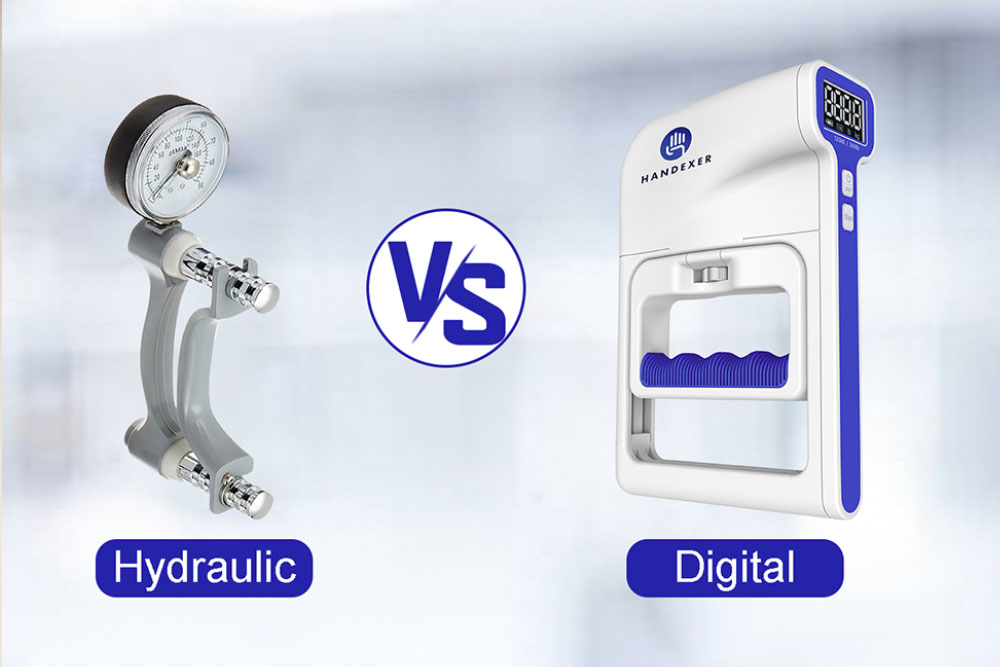
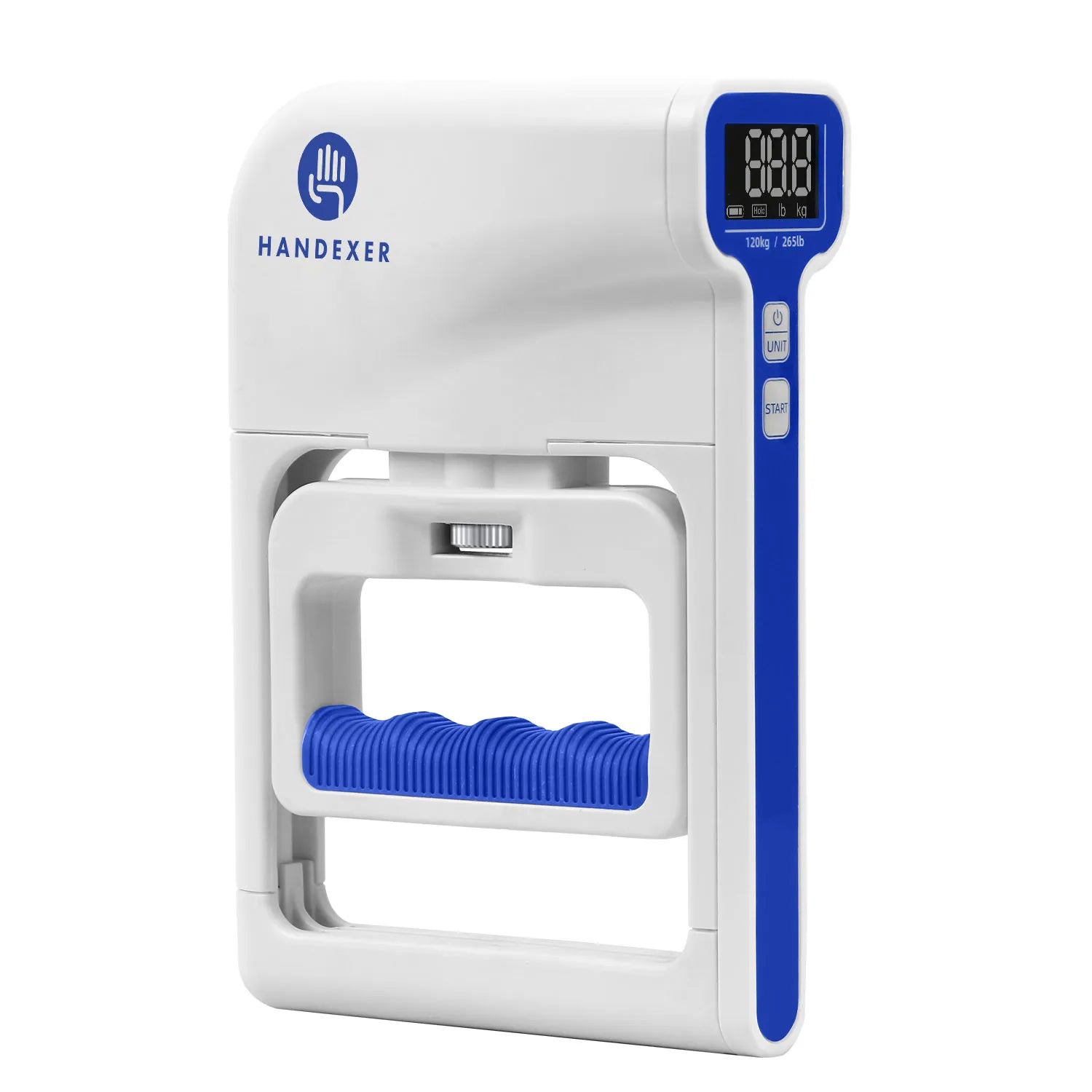
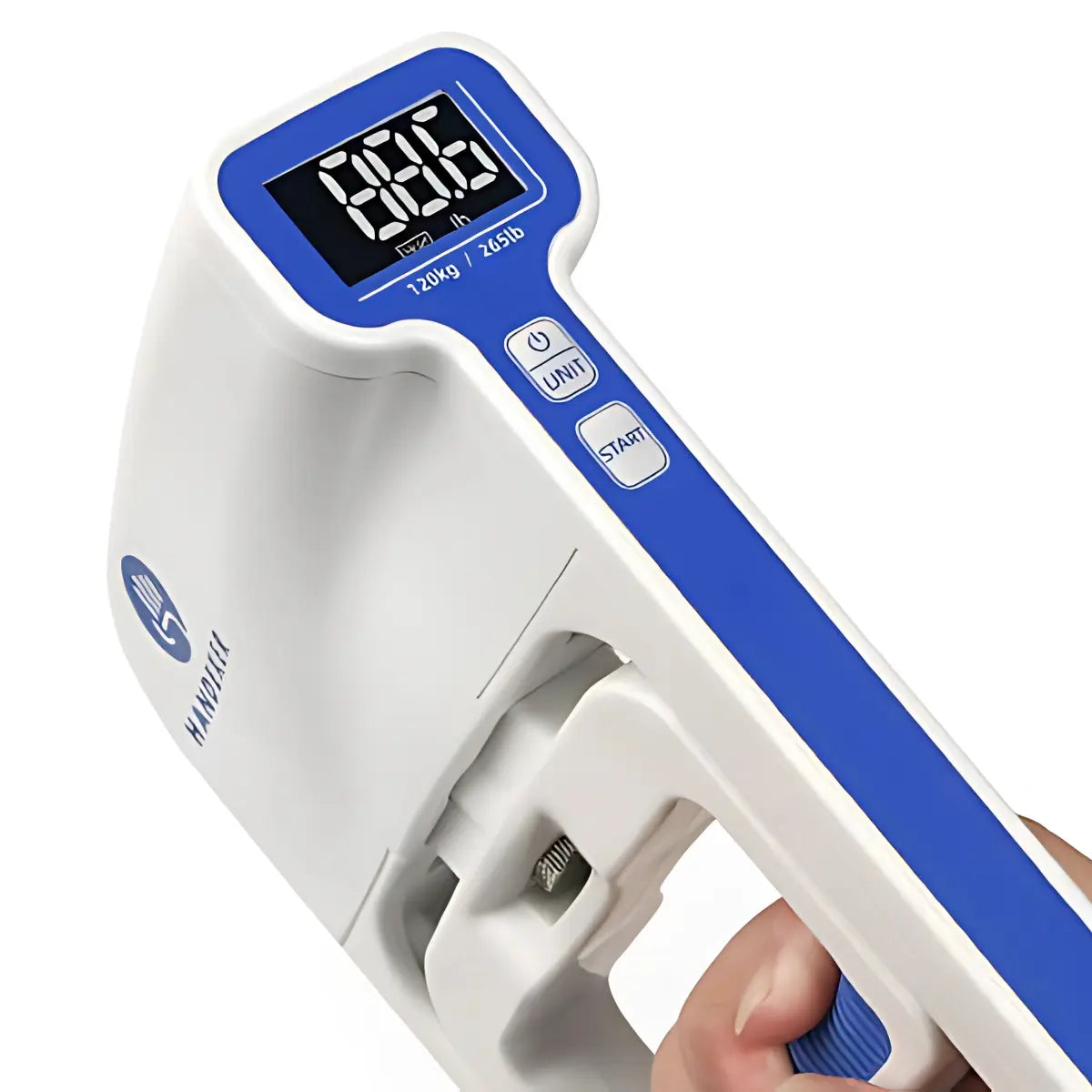
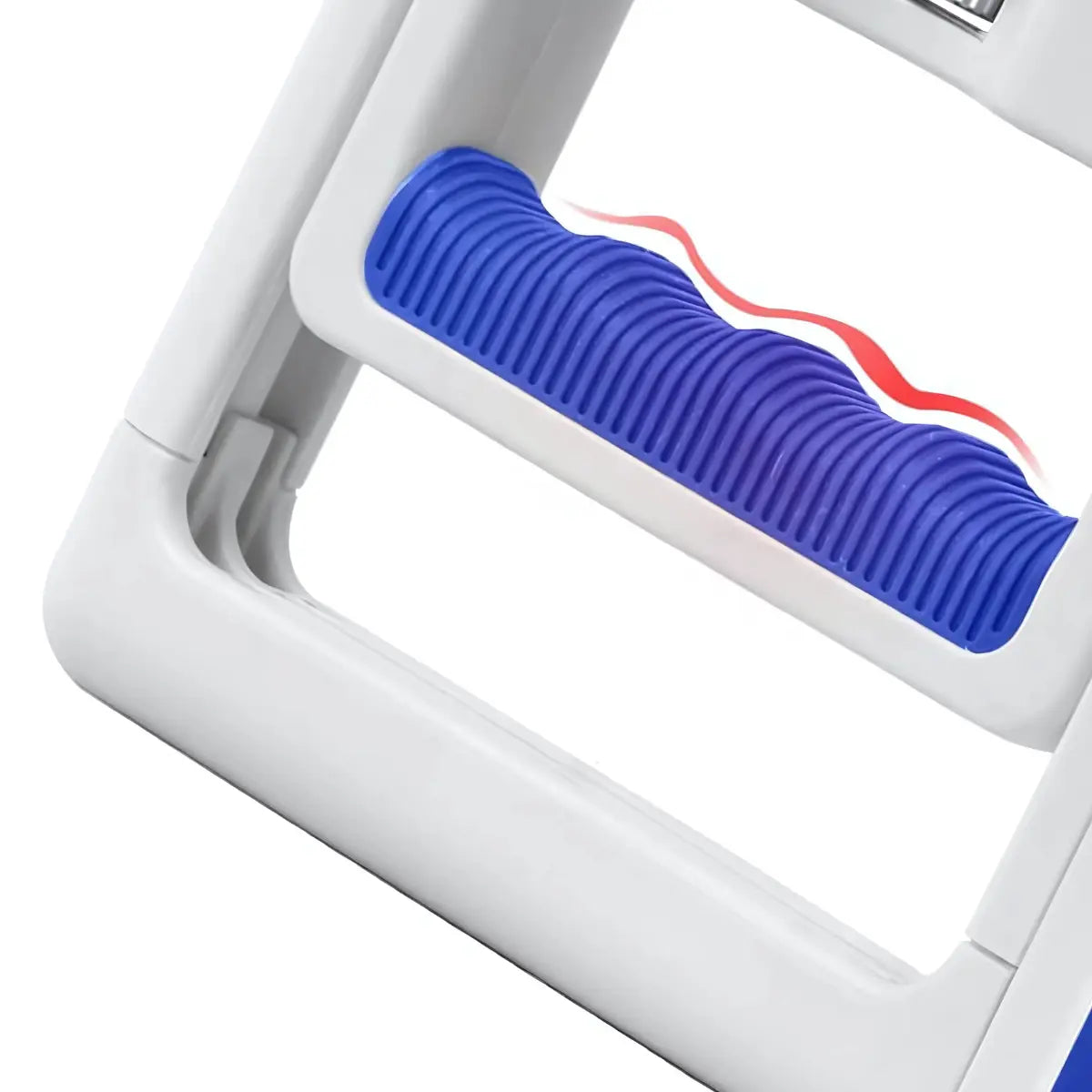
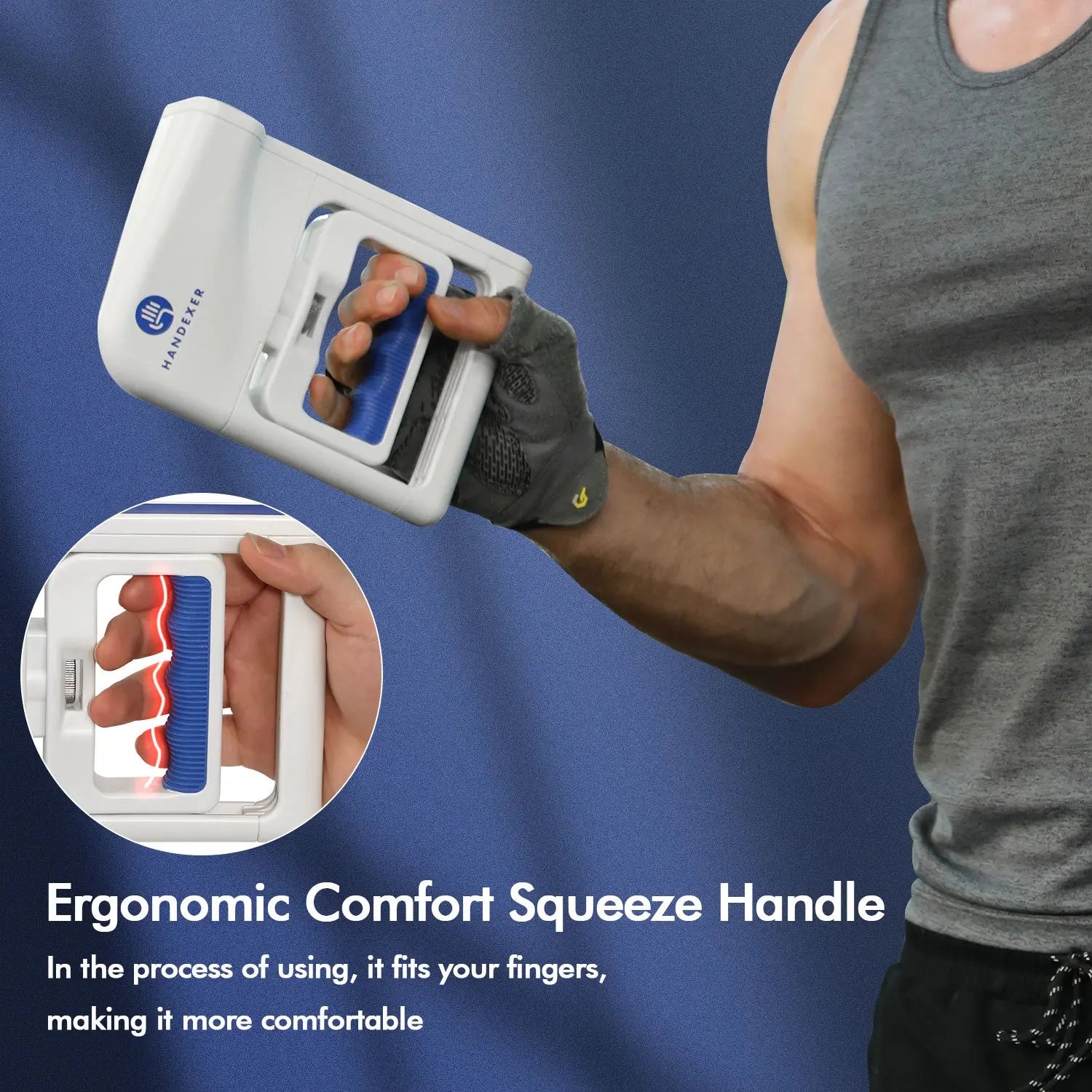


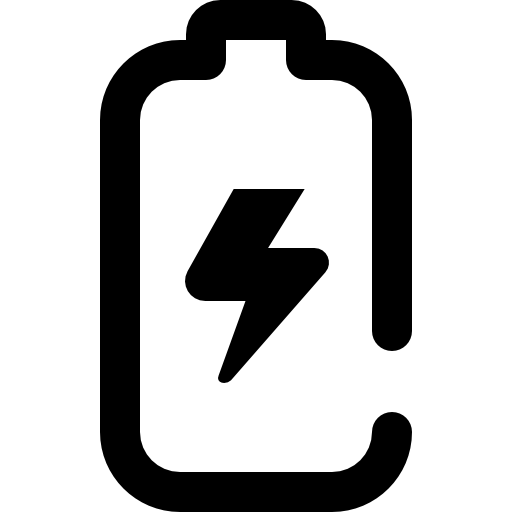

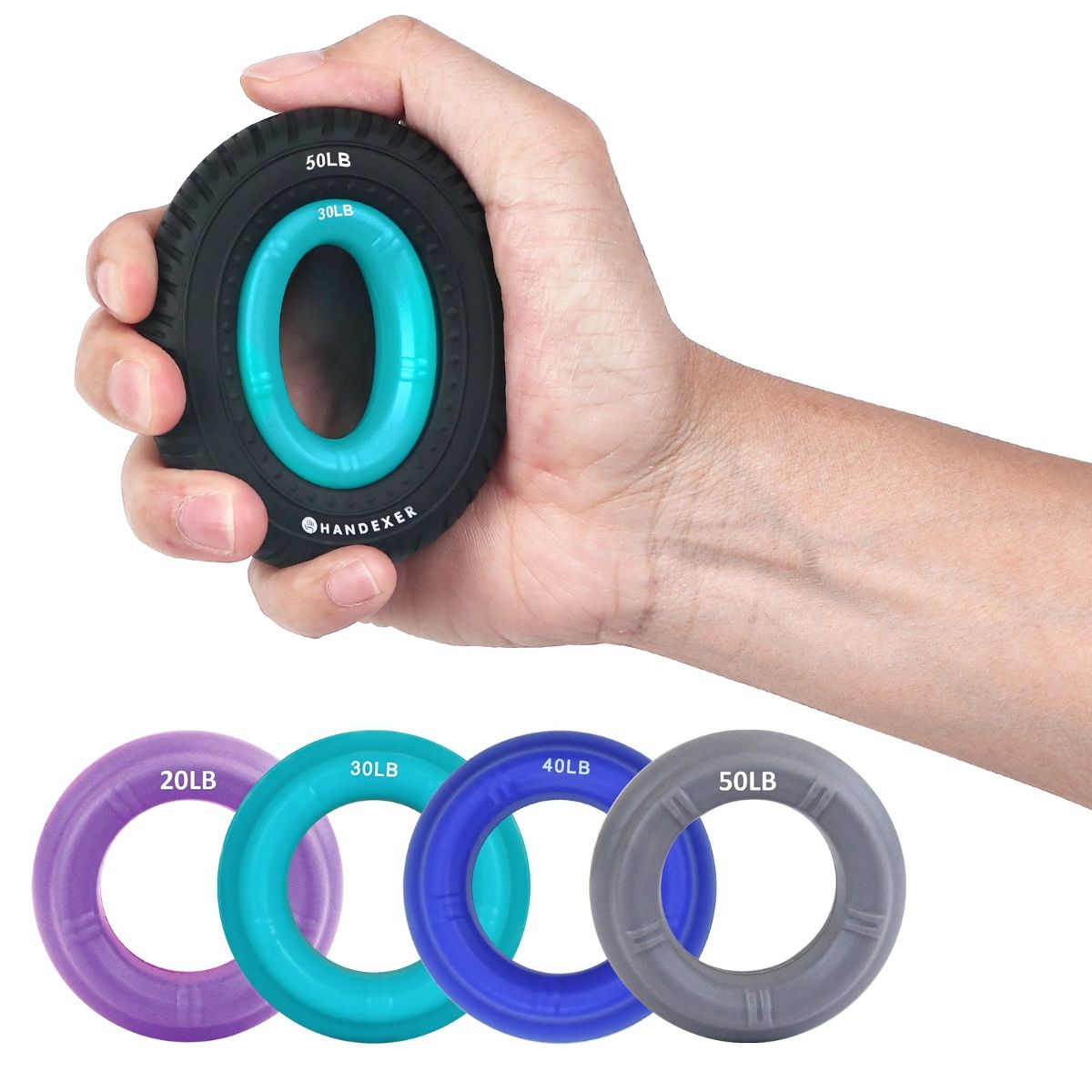
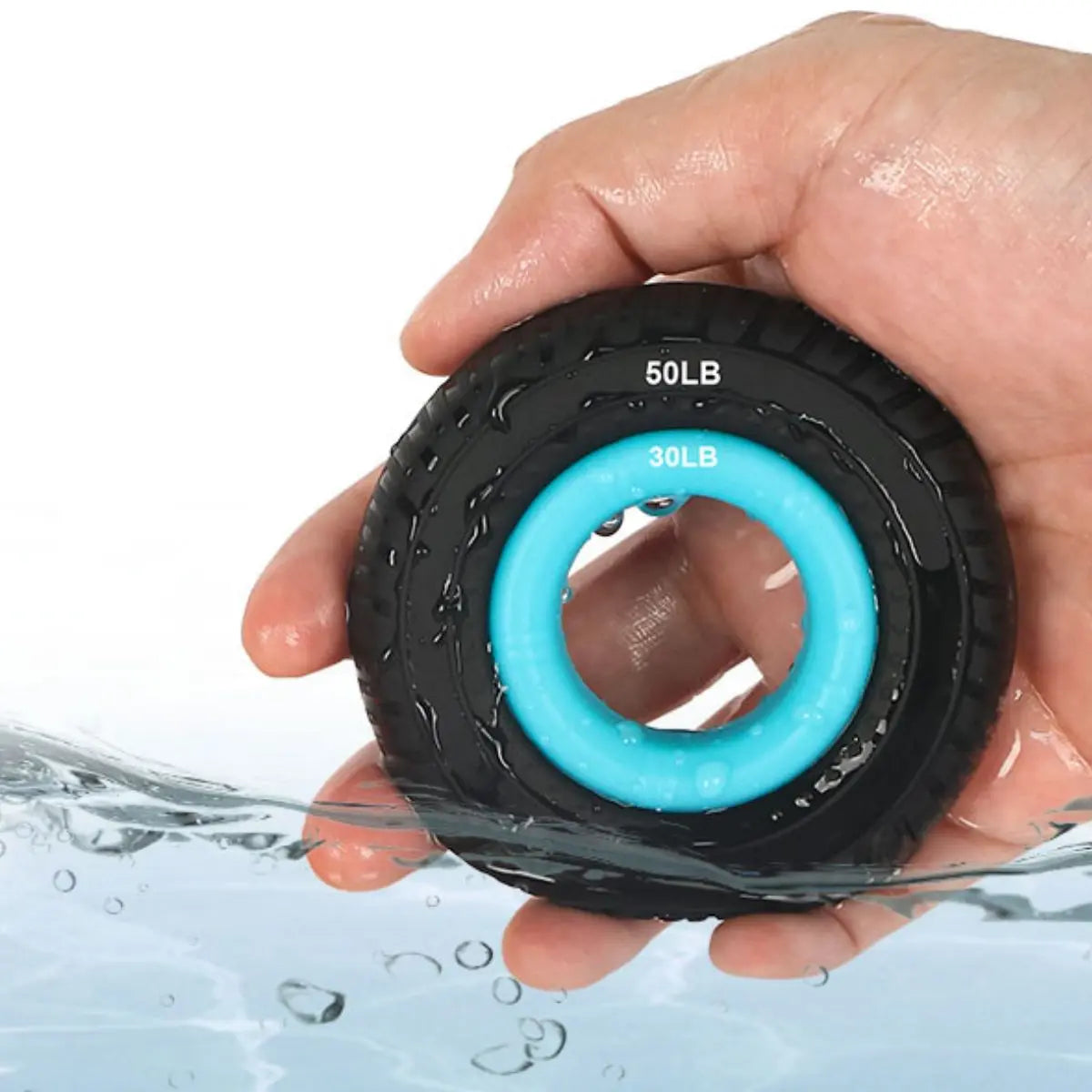
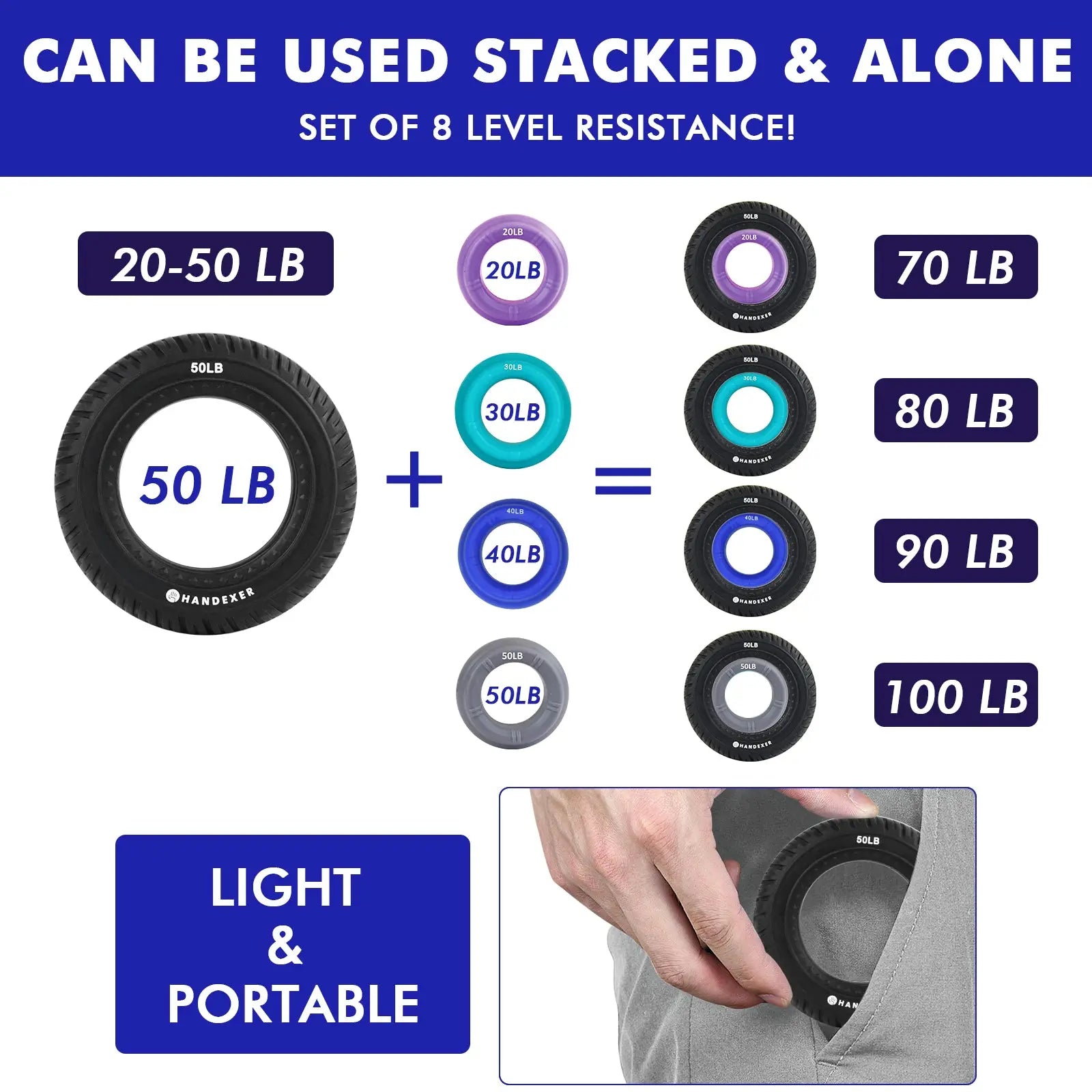
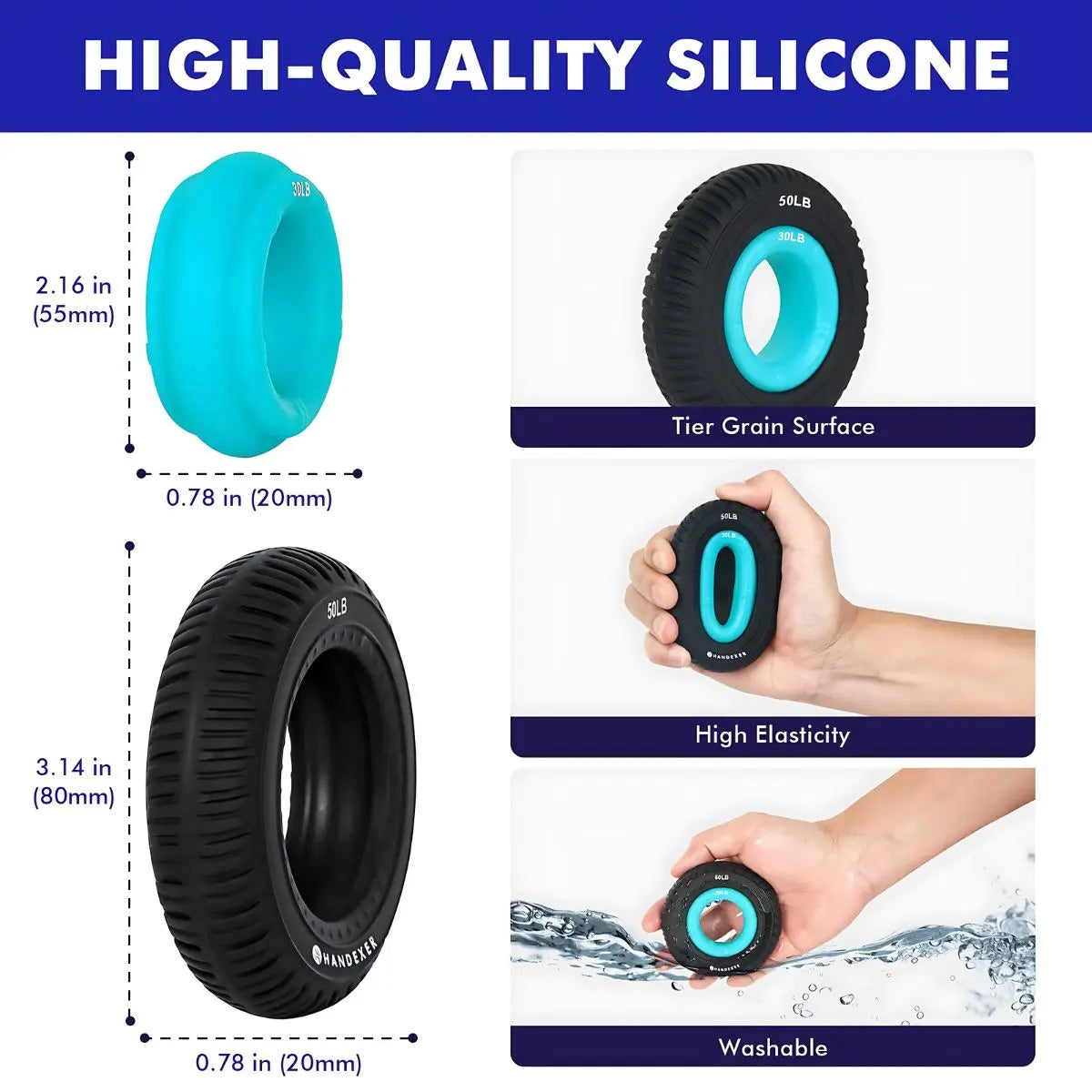

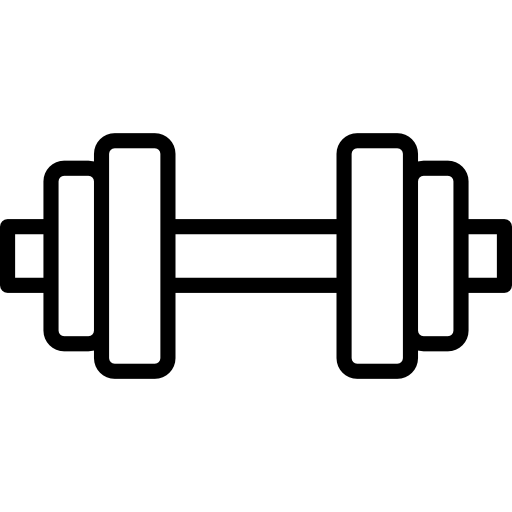

Share:
The Easiest Way to Measure Grip Strength
Top 3 Isometric Exercises to Improve Hand Grip Strength